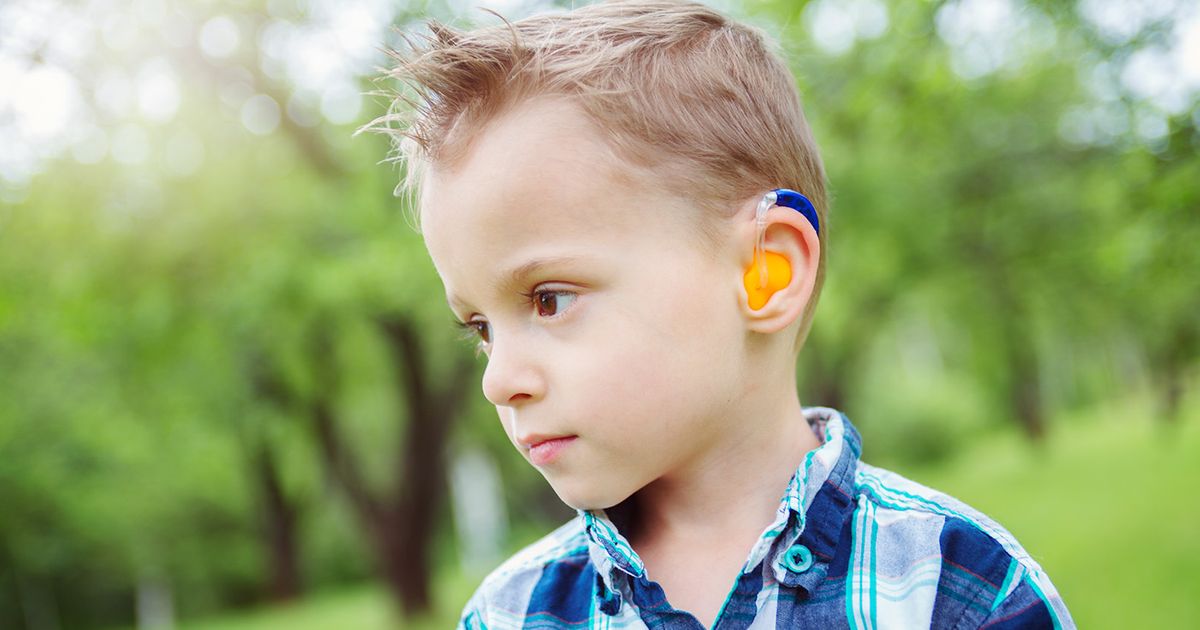Different Ways To Treat Usher Syndrome
Usher syndrome is an incredibly rare inherited disease. When a child is born with this condition, they are either completely deaf or hard of hearing. Vision loss follows, usually occurring sometime during adolescence. Usher syndrome is divided into three different types, known simply as 1, 2, and 3. Factors such as the degree of hearing loss, when vision loss occurs, and to what degree balance is affected determine which type a patient is diagnosed with. This condition affects approximately four out of every 100,000 babies born in the United States. In fact, even when both parents carry the gene that causes Usher syndrome, the baby will only have a one in four (twenty-five percent) chance of developing the disease. Learn about how this condition can be treated effectively now.
Hearing Aids

There is currently no cure for Usher syndrome, so treatment revolves around helping the child enjoy life as normally as they can. Hearing aids can be very beneficial, especially for those with Type 2 of Usher syndrome. Binaural devices, which are worn in both ears and communicate with each other via radio signals, can be particularly helpful. Using them as soon as possible can help the patient preserve their hearing. Another reason it is important to start the use of these devices early on is they can help prevent social isolation and help the child integrate themselves in with their peers better. Often, those with Usher syndrome Type 3 do not experience any hearing loss until later, but they can benefit from hearing aids when they do. Unfortunately, those with Usher syndrome Type 1 are usually born completely deaf. As a result, this treatment option will not benefit them.
Continue reading to discover the next strategy for treating Usher syndrome.